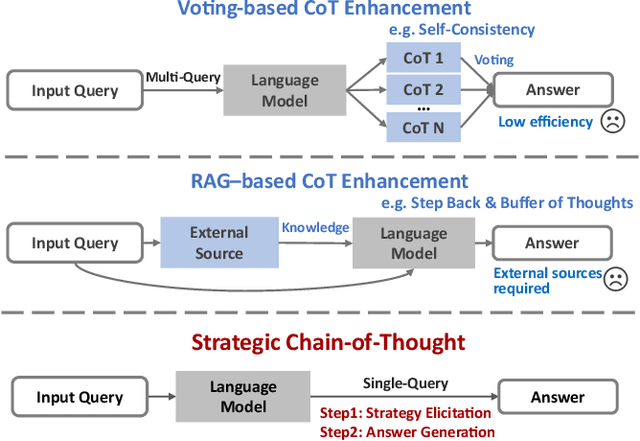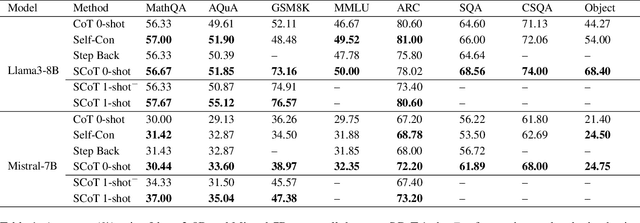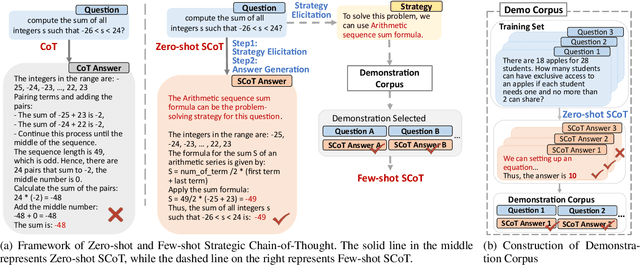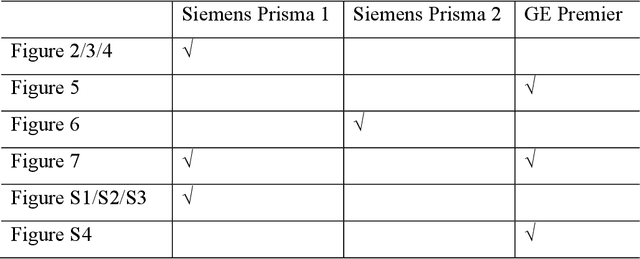Zhixing Wang
MicroRCA-Agent: Microservice Root Cause Analysis Method Based on Large Language Model Agents
Sep 19, 2025Abstract:This paper presents MicroRCA-Agent, an innovative solution for microservice root cause analysis based on large language model agents, which constructs an intelligent fault root cause localization system with multimodal data fusion. The technical innovations are embodied in three key aspects: First, we combine the pre-trained Drain log parsing algorithm with multi-level data filtering mechanism to efficiently compress massive logs into high-quality fault features. Second, we employ a dual anomaly detection approach that integrates Isolation Forest unsupervised learning algorithms with status code validation to achieve comprehensive trace anomaly identification. Third, we design a statistical symmetry ratio filtering mechanism coupled with a two-stage LLM analysis strategy to enable full-stack phenomenon summarization across node-service-pod hierarchies. The multimodal root cause analysis module leverages carefully designed cross-modal prompts to deeply integrate multimodal anomaly information, fully exploiting the cross-modal understanding and logical reasoning capabilities of large language models to generate structured analysis results encompassing fault components, root cause descriptions, and reasoning trace. Comprehensive ablation studies validate the complementary value of each modal data and the effectiveness of the system architecture. The proposed solution demonstrates superior performance in complex microservice fault scenarios, achieving a final score of 50.71. The code has been released at: https://github.com/tangpan360/MicroRCA-Agent.
EOTNet: Deep Memory Aided Bayesian Filter for Extended Object Tracking
May 24, 2025Abstract:Extended object tracking methods based on random matrices, founded on Bayesian filters, have been able to achieve efficient recursive processes while jointly estimating the kinematic states and extension of the targets. Existing random matrix approaches typically assume that the evolution of state and extension follows a first-order Markov process, where the current estimate of the target depends solely on the previous moment. However, in real-world scenarios, this assumption fails because the evolution of states and extension is usually non-Markovian. In this paper, we introduce a novel extended object tracking method: a Bayesian recursive neural network assisted by deep memory. Initially, we propose an equivalent model under a non-Markovian assumption and derive the implementation of its Bayesian filtering framework. Thereafter, Gaussian approximation and moment matching are employed to derive the analytical solution for the proposed Bayesian filtering framework. Finally, based on the closed-form solution, we design an end-to-end trainable Bayesian recursive neural network for extended object tracking. Experiment results on simulated and real-world datasets show that the proposed methods outperforms traditional extended object tracking methods and state-of-the-art deep learning approaches.
Strategic Chain-of-Thought: Guiding Accurate Reasoning in LLMs through Strategy Elicitation
Sep 05, 2024



Abstract:The Chain-of-Thought (CoT) paradigm has emerged as a critical approach for enhancing the reasoning capabilities of large language models (LLMs). However, despite their widespread adoption and success, CoT methods often exhibit instability due to their inability to consistently ensure the quality of generated reasoning paths, leading to sub-optimal reasoning performance. To address this challenge, we propose the \textbf{Strategic Chain-of-Thought} (SCoT), a novel methodology designed to refine LLM performance by integrating strategic knowledge prior to generating intermediate reasoning steps. SCoT employs a two-stage approach within a single prompt: first eliciting an effective problem-solving strategy, which is then used to guide the generation of high-quality CoT paths and final answers. Our experiments across eight challenging reasoning datasets demonstrate significant improvements, including a 21.05\% increase on the GSM8K dataset and 24.13\% on the Tracking\_Objects dataset, respectively, using the Llama3-8b model. Additionally, we extend the SCoT framework to develop a few-shot method with automatically matched demonstrations, yielding even stronger results. These findings underscore the efficacy of SCoT, highlighting its potential to substantially enhance LLM performance in complex reasoning tasks.
Re-TASK: Revisiting LLM Tasks from Capability, Skill, and Knowledge Perspectives
Aug 13, 2024Abstract:As large language models (LLMs) continue to scale, their enhanced performance often proves insufficient for solving domain-specific tasks. Systematically analyzing their failures and effectively enhancing their performance remain significant challenges. This paper introduces the Re-TASK framework, a novel theoretical model that Revisits LLM Tasks from cApability, Skill, Knowledge perspectives, guided by the principles of Bloom's Taxonomy and Knowledge Space Theory. The Re-TASK framework provides a systematic methodology to deepen our understanding, evaluation, and enhancement of LLMs for domain-specific tasks. It explores the interplay among an LLM's capabilities, the knowledge it processes, and the skills it applies, elucidating how these elements are interconnected and impact task performance. Our application of the Re-TASK framework reveals that many failures in domain-specific tasks can be attributed to insufficient knowledge or inadequate skill adaptation. With this insight, we propose structured strategies for enhancing LLMs through targeted knowledge injection and skill adaptation. Specifically, we identify key capability items associated with tasks and employ a deliberately designed prompting strategy to enhance task performance, thereby reducing the need for extensive fine-tuning. Alternatively, we fine-tune the LLM using capability-specific instructions, further validating the efficacy of our framework. Experimental results confirm the framework's effectiveness, demonstrating substantial improvements in both the performance and applicability of LLMs.
Optimized multi-axis spiral projection MR fingerprinting with subspace reconstruction for rapid whole-brain high-isotropic-resolution quantitative imaging
Aug 12, 2021

Abstract:Purpose: To improve image quality and accelerate the acquisition of 3D MRF. Methods: Building on the multi-axis spiral-projection MRF technique, a subspace reconstruction with locally low rank (LLR) constraint and a modified spiral-projection spatiotemporal encoding scheme termed tiny-golden-angle-shuffling (TGAS) were implemented for rapid whole-brain high-resolution quantitative mapping. The LLR regularization parameter and the number of subspace bases were tuned using retrospective in-vivo data and simulated examinations, respectively. B0 inhomogeneity correction using multi-frequency interpolation was incorporated into the subspace reconstruction to further improve the image quality by mitigating blurring caused by off-resonance effect. Results: The proposed MRF acquisition and reconstruction framework can produce provide high quality 1-mm isotropic whole-brain quantitative maps in a total acquisition time of 1 minute 55 seconds, with higher-quality results than ones obtained from the previous approach in 6 minutes. The comparison of quantitative results indicates that neither the subspace reconstruction nor the TGAS trajectory induce bias for T1 and T2 mapping. High quality whole-brain MRF data were also obtained at 0.66-mm isotropic resolution in 4 minutes using the proposed technique, where the increased resolution was shown to improve visualization of subtle brain structures. Conclusion: The proposed TGAS-SPI-MRF with optimized spiral-projection trajectory and subspace reconstruction can enable high-resolution quantitative mapping with faster acquisition speed.
 Add to Chrome
Add to Chrome Add to Firefox
Add to Firefox Add to Edge
Add to Edge